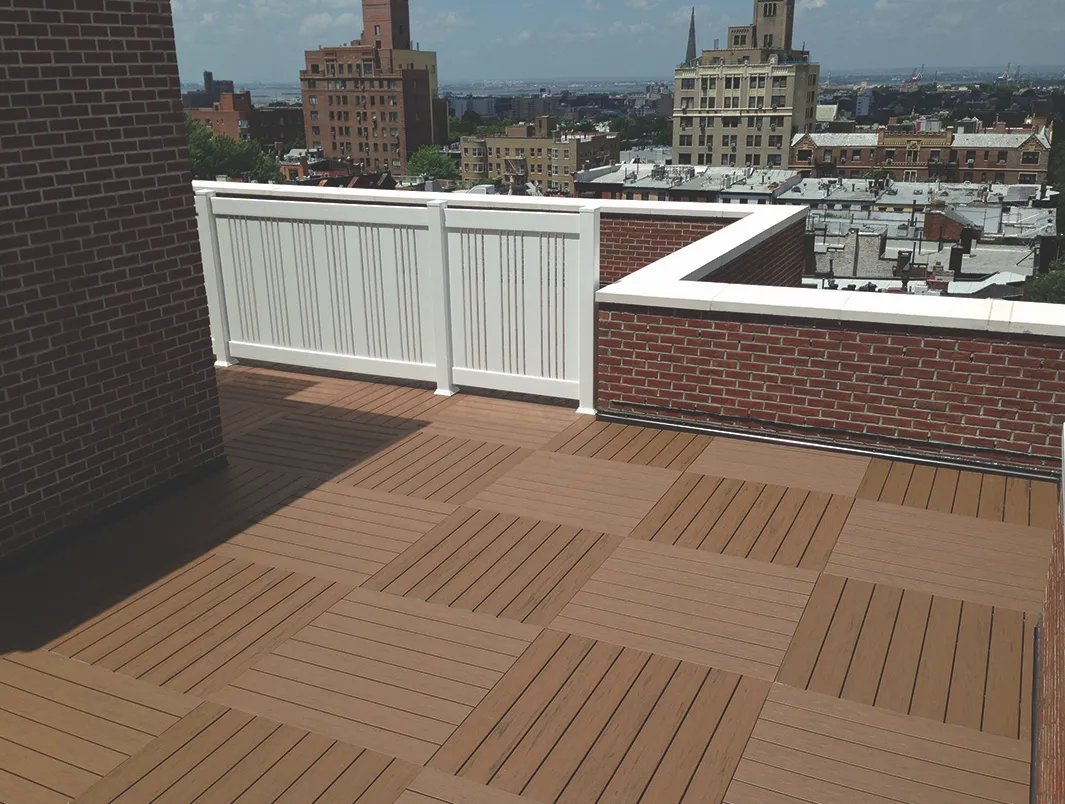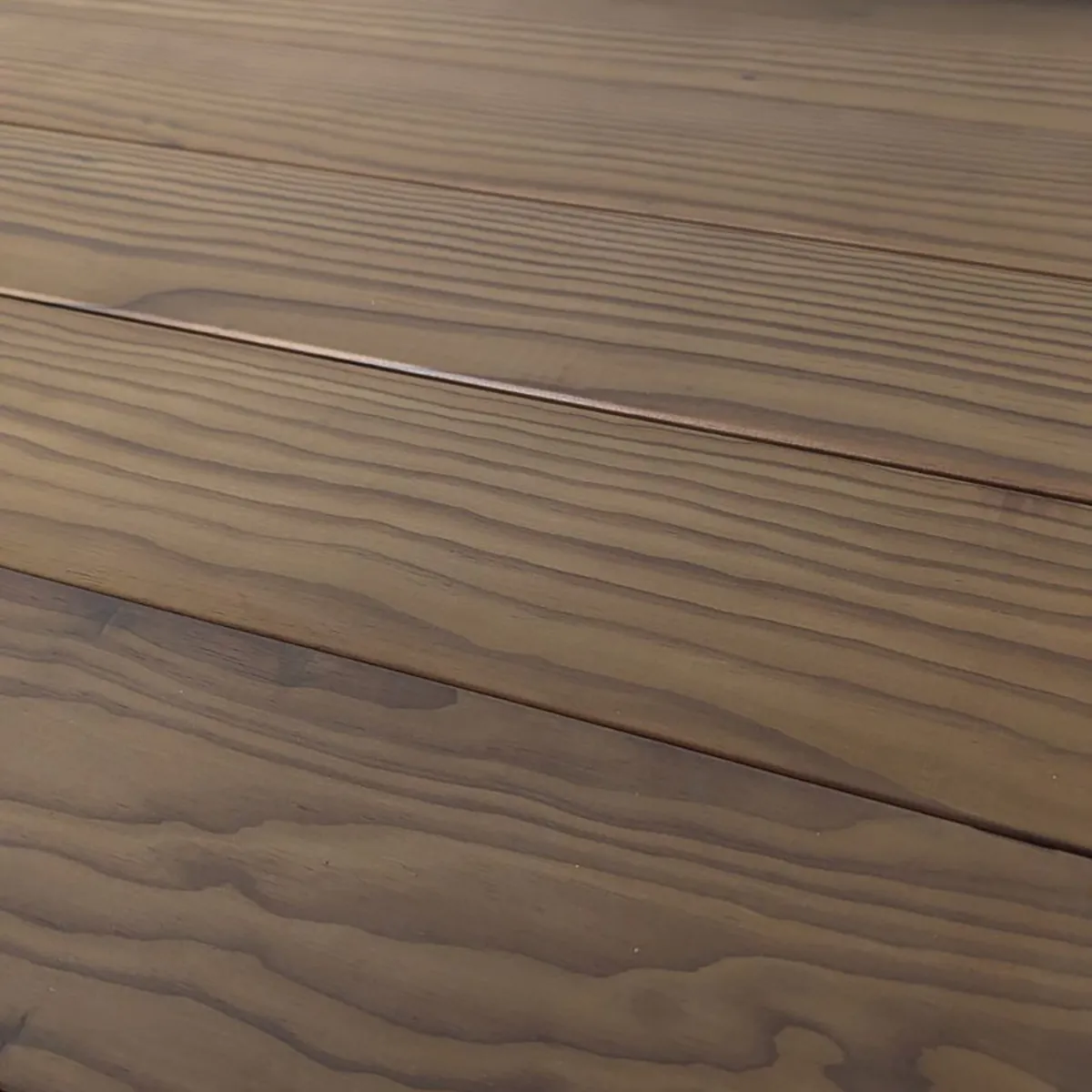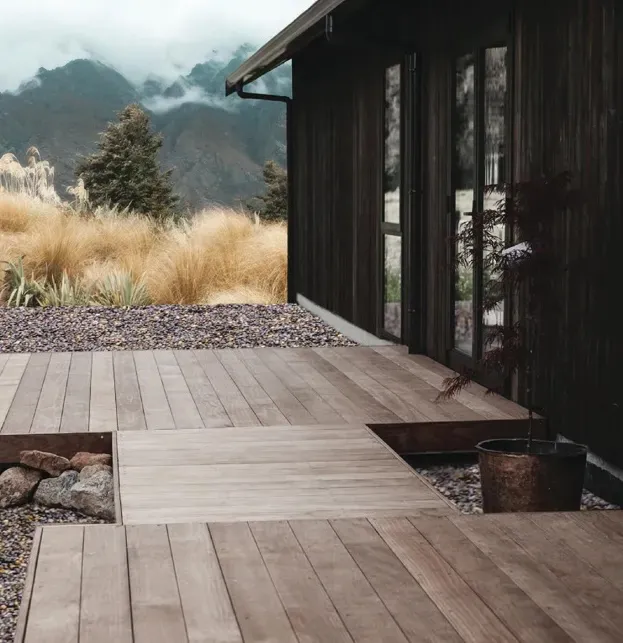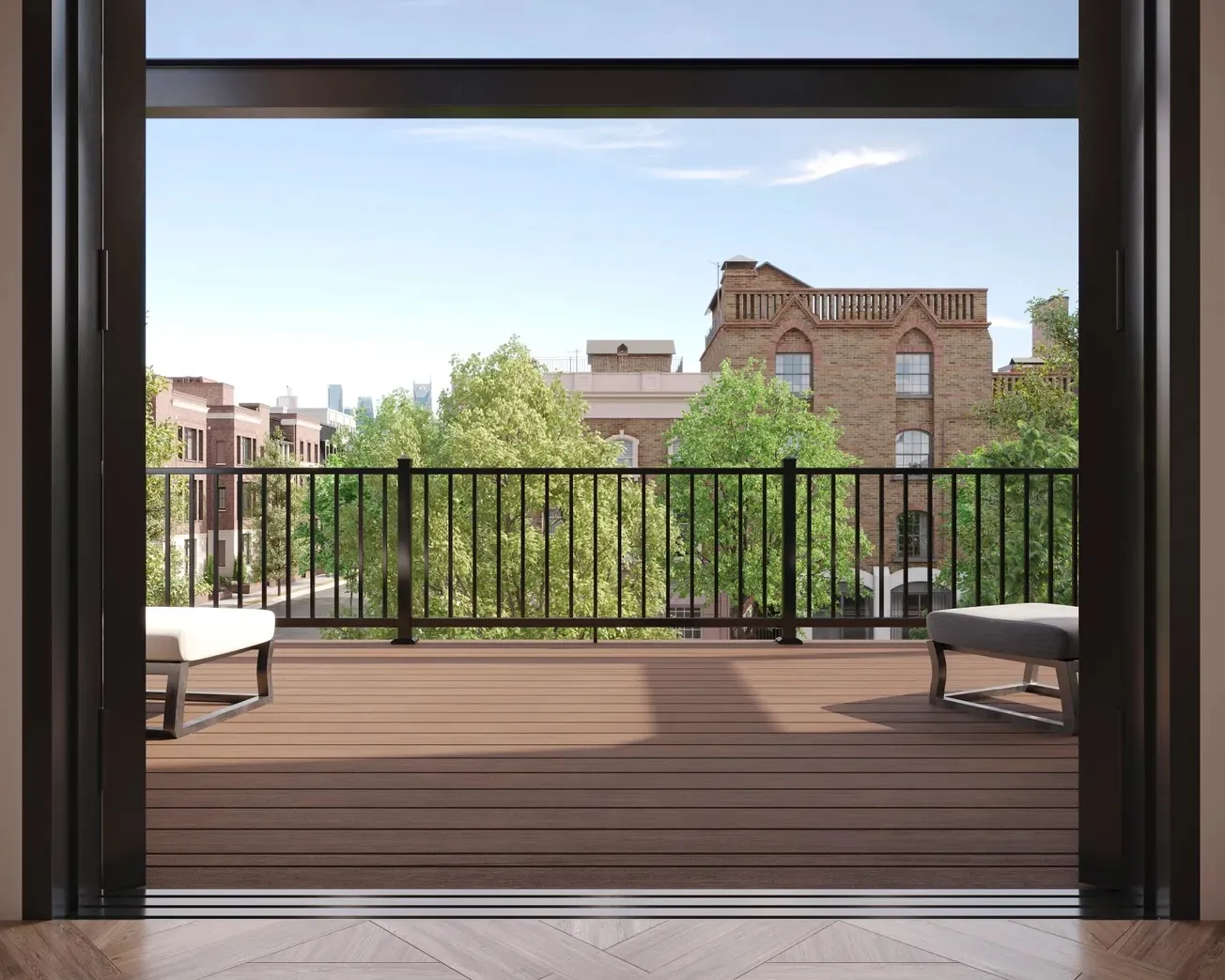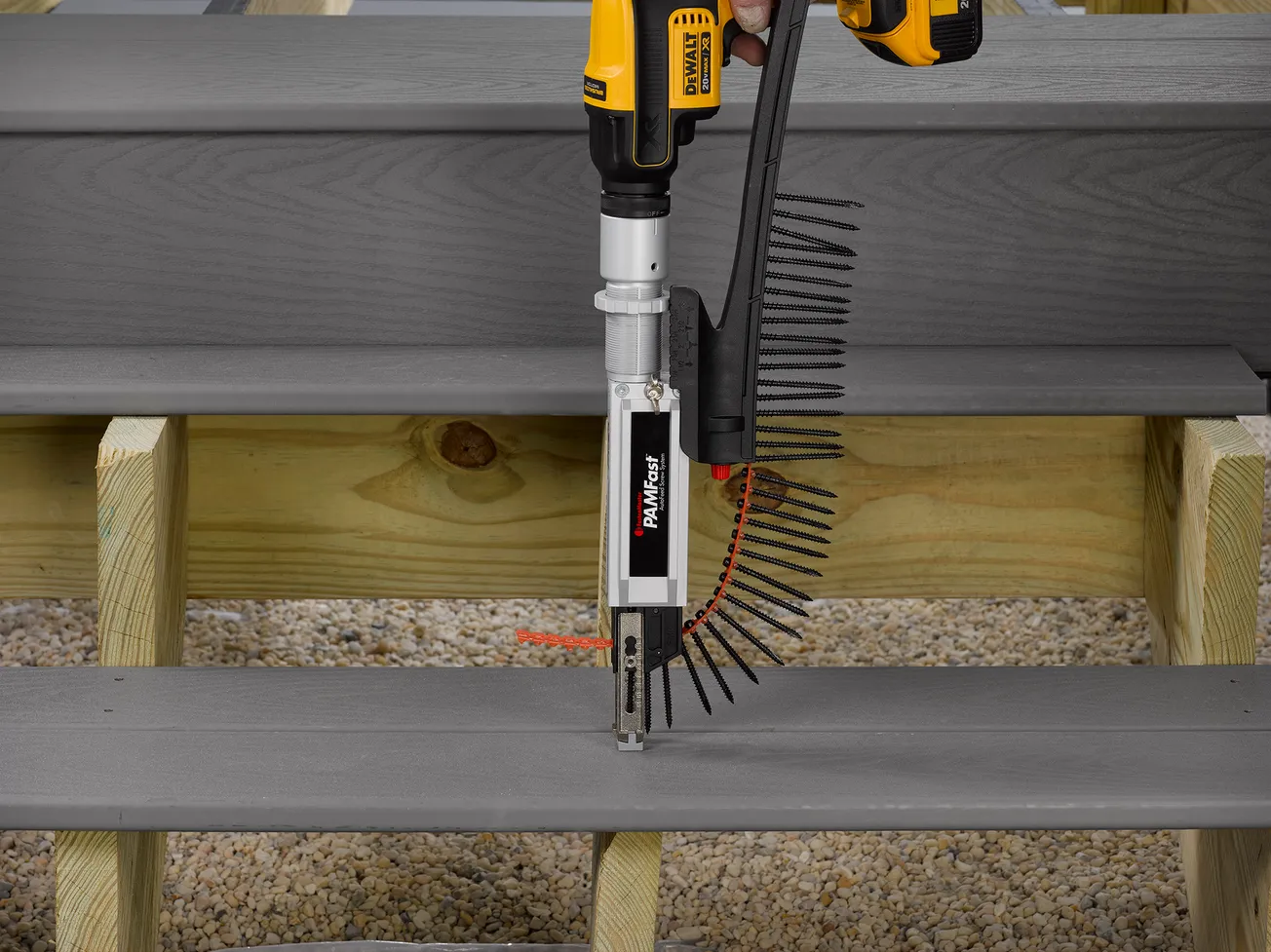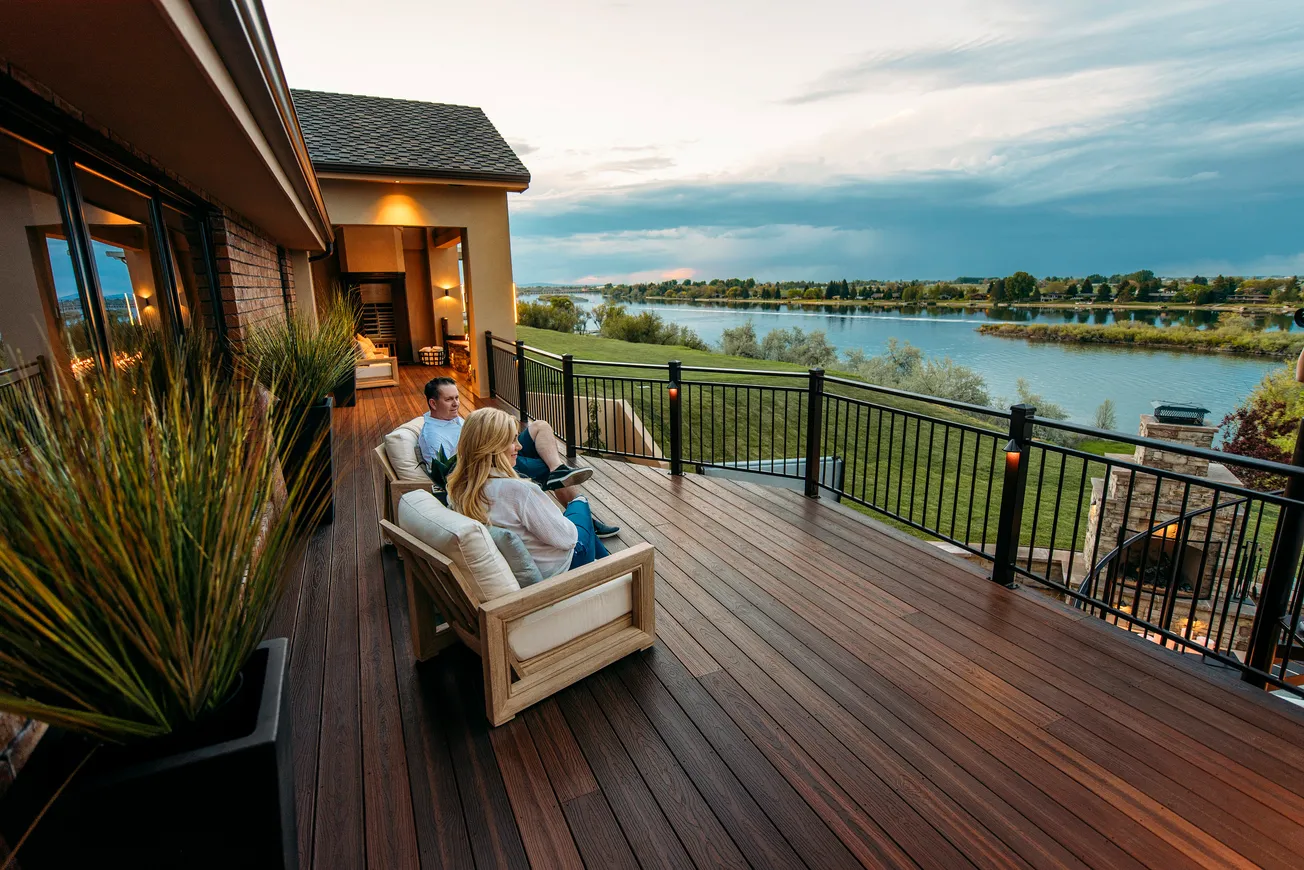Table of Contents
Outdoor spaces have become increasingly popular to homeowners nationwide who are using decks as extensions to their homes. Decks and porches are more easily built for those who live in the suburbs or countryside, given they usually have the luxury of space.
This is not necessarily an option in some of the more crowded cities like San Francisco, Chicago and New York. Big-city locals have the same desire to spend time outside, so getting creative is imperative to turn that feeling into a reality. Thus, rooftop decks have become an increasingly popular solution over the past few years.
“When you have an area like New York City or Brooklyn, everything is bunched up together. The only area you really have is your roof,” Keith Camacho, owner of Stellar Decks and lifetime Brooklyn resident, said. “People in New York are known to utilize these spaces for entertaining because it is the only area they can really enjoy the perks of outdoor living. People are recognizing that in instances when you aren’t able to extend your space, you have to look upward.”
In many instances, these outdoor spaces are constructed on residential and commercial high rises, so they also come with regulations. Aside from certain weight restrictions, materials must be flame-spread rated to be approved for the building permit.
“If there’s a fire, the wood will burn immediately,” Camacho said. “For building permit approval, everything needs to be fire rated, so composite and PVC products are typically preferred.”
While inspectors look for those details, homeowners also have a common request when it comes to residential rooftop spaces: low maintenance. “A lot of people are looking for products that don’t take a lot of work to maintain. In cities like New York, outdoor spaces can only be enjoyed for a certain amount of time. No one wants to spend all of their time staining and cleaning—they are looking for low maintenance decking,” said Camacho. “But if you think about it, if I were to stand on a roof for 30 years, I’d eventually need a shower. While ‘no maintenance’ doesn’t exist, there are products that require extremely little attention over the years.”
For many of his rooftop projects, Camacho has used capped polymer (PVC) products. Capstock decks can be cleaned with a solution as simple as soap and water and come in a variety of colors and collections, with decades-long fade and stain warranties. The products are made to face the harsh elements of the four seasons and resist mold, mildew and moisture damage. They are also lightweight, so the deck boards are preferable for contractors working on rooftop installations.
Julia Fitzgerald, CMO of capstock producer AZEK Building Products, said, “Because AZEK is made with high-performance materials, and our Vintage Collection offers products with a Class A Flame Spread rating, we find our decking provides a superior alternative for contractors who are working on rooftop spaces. Plus, it’s a lighter material, making it a perfect solution for home-owners and building owners who want a rooftop deck.”
As rooftop spaces increase in popularity, Camacho has noticed certain trends gaining traction within the New York City skyline. In the “concrete jungle,” locals especially like greenery; Camacho sees planters and trees on many rooftops amidst the colorless buildings scaling the city skyline.
To bring color to the sky, many rooftop designers are opting for the non-traditional colors that allow the designs to pop.
Dual-level decks are increasing in popularity. Metal and aluminum spiral staircases, which are fire rated and approved to be added as a decorative touch to the space, are often seen on these multi-level rooftops.
“When you get a nice week of weather, no one wants to be inside,” said Camacho. “Rooftop spaces allow people—even in the most congested cities in the country—to enjoy those days when the sun decides to come out.”


